

Today we’d like to introduce you to Erin Fletcher.
Erin, please kick things off for us by telling us about yourself and your journey so far.
I have been working with my hands crafting things since I was a kid, an unusual trait in my family as my mother would tell me. My main attraction was to fiber, so early on I dabbled in embroidery work and sewing my own garments. I considered the former to be a medium reserved for hobbyist until I entered the School of Art Institute in Chicago. During my first year, I was exposed to a plethora of surface design techniques and explored embroidery further. I eventually turned to weaving as my focus for the remaining three years.
I was unknowingly directed toward the path of bookbinding from one particular assignment that required us to turn a weaving into an artist book. My brain was flooded with questions about bookbinding and its history. I began to split my time between the Fibers and Print Department, which gave me the chance to study artist books and printmaking.
After some post-college soul searching, getting married, and moving around the country twice, I stumbled upon the North Bennet Street School in Boston and I was instantly captivated by their full-time Bookbinding program. It offered exactly what I was craving: an intensive, hands-on survey of historical and contemporary binding techniques, both structural and decorative.
I graduated from NBSS in 2012 and after a short internship at the Rare Book Room at the Boston Public Library, I established Herringbone Bindery. My studio is in a shared workspace with other NBSS graduates. It’s analogous to the environment while I was a student, where we can share equipment, materials, heartaches, and victories. My work is either commissioned based or created for exhibitions.
In the field of bookbinding, there is a category of bindings referred to as design bindings. The aesthetic of these bindings can vary greatly depending on the materials used, but they are crafted with a level of precision and skill that sit above most style of bindings. It was with this style of binding where I was able to come full circle and reintroduce my love for fiber and embroidery.
Can you give our readers some background on your art?
My canvas is a book and so my art is literally crafted around a text block with existing content. So, I have this built-in inspiration that I have to work with. My first step for any binding is to read the content. If the text is short enough, I may even photograph it so that I can review the content without actually handling the book. This is important when I’m working on a binding for a fine press printed text. As I read the content, I jot down anything that stands out to me. Sometimes, this is a phrase, a color, an image or feeling. When I create the design for the binding, I want to evoke the feeling of the content or create imagery that can relate to the content.
I enjoy working in this medium because it is both artistically and structurally challenging. It forces me to approach the work from the point of view of an artist, craftsman, historian, and engineer.
I think there is little awareness about the craft of bookbinding, even though the codex has been around since the 2nd century and bindings have had some element of decoration beginning around the same time. Books are such prevalent objects in the lives of people and yet I don’t think many consider the scope of its varied history or even what book production was like pre-industrialization. What I appreciate about bookbinding and most art forms is their accessibility to most people. It is so easy to pick up a paintbrush and spread paint on a canvas, it’s just as easy to fold a few sheets of paper and sew through the fold to create a simple pamphlet. So, I hope my work will inspire thought and consideration for the book as an object of beauty and fine craftsmanship.
What would you recommend to an artist new to the city, or to art, in terms of meeting and connecting with other artists and creatives?
Making professional connections can be challenging and intimidating, but incredibly important for your career and creative growth. So, start by finding your community, whether that be your neighborhood art alliance, professional organizations or an online community.
When I graduated from NBSS, I made a point to stay connected to the school and introduce myself to the subsequent classes. Through my blog, which I started shortly after graduating, I’ve made connections to other binders through an ongoing interview series. Every year, I attend book fairs and conferences to maintain the connections that I’ve made. I also volunteer my time for our regional chapter, which is part of a larger national organization, The Guild of Book Workers.
What’s the best way for someone to check out your work and provide support?
The easiest place to see my work is on my website: www.herringbonebindery.com. I also keep an active blog where I post about how I craft certain bindings plus interviews with other binders in my field (you can find a link on my website).
I also exhibit my work in bookbinding shows in the US and internationally. These exhibits are rarely held in art galleries or museum and typically found in book-related venues such as libraries, book art centers, and universities. If you are interested in seeing this type of work, check to see if there are institutions in your area that have programming related to book arts.
You can support my work in a few ways: commission me to make a binding, become a collector of my work, or take a workshop from me. In addition to my studio work, I also teach regularly at the North Bennet Street School in the Continuing Education department. These workshops are short-term and open to the public. I also travel often to teach either by invitation or through proposals I’ve made to that organization. My workshop schedule is available on my website or you can get updates by subscribing to my blog or newsletter.
Contact Info:
- Website: www.herringbonebindery.com
- Email: erin@herringbonebindery.com
- Instagram: https://www.instagram.com/herringbonebindery/
- Facebook: https://www.facebook.com/HerringboneBindery/
- Other: http://www.herringbonebindery.com/blog/
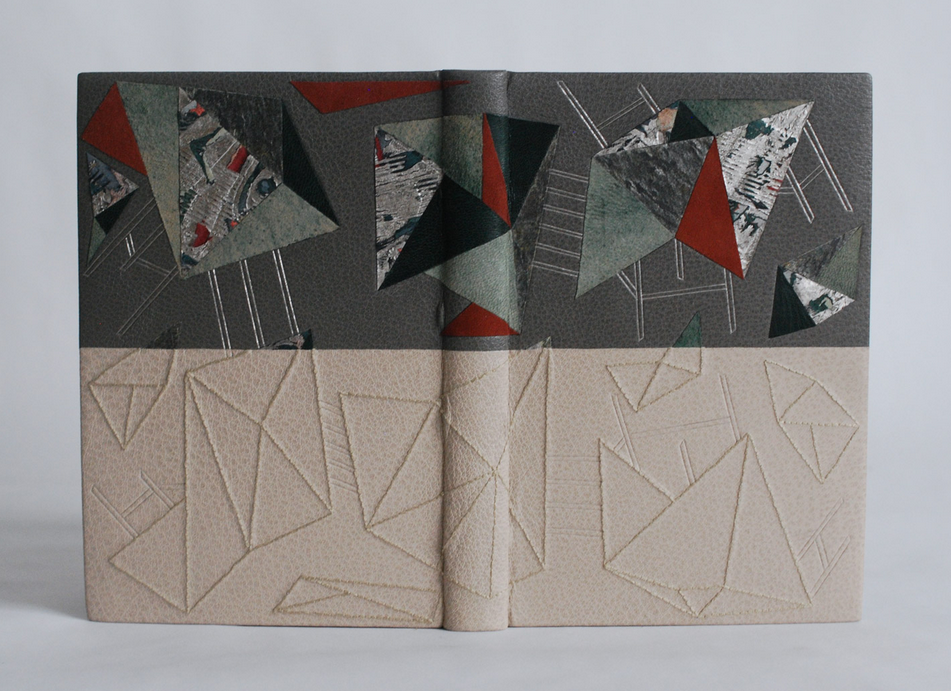
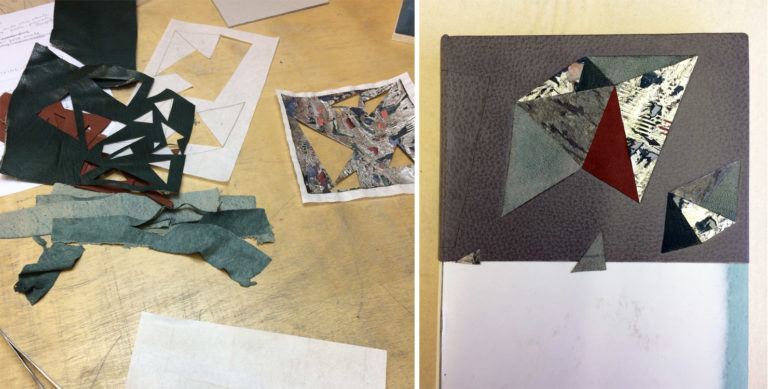
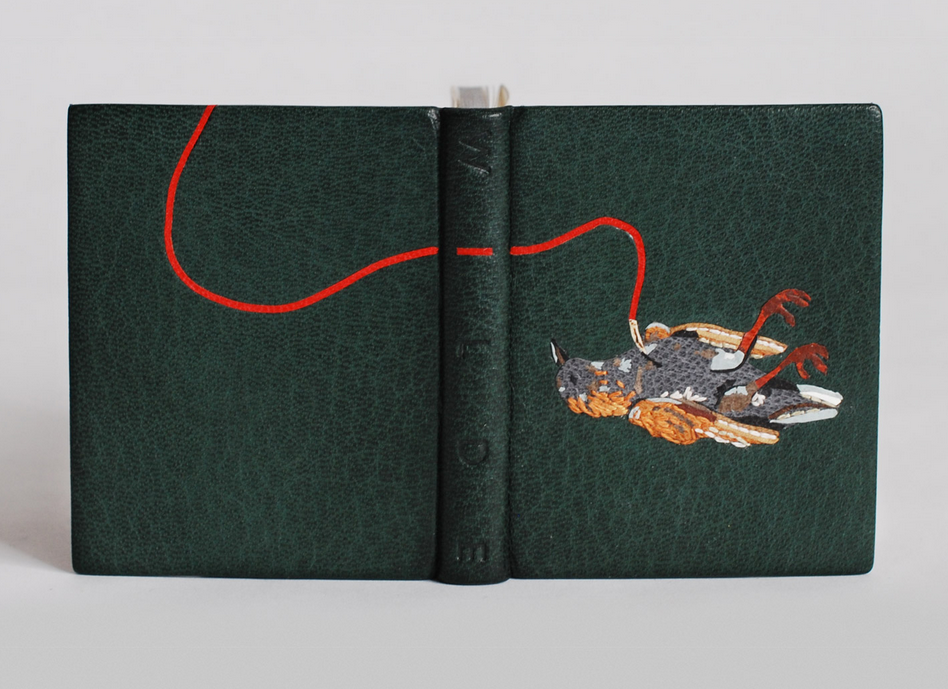
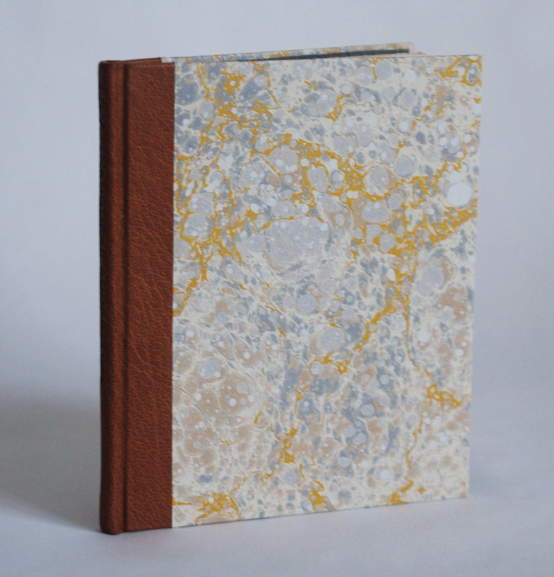
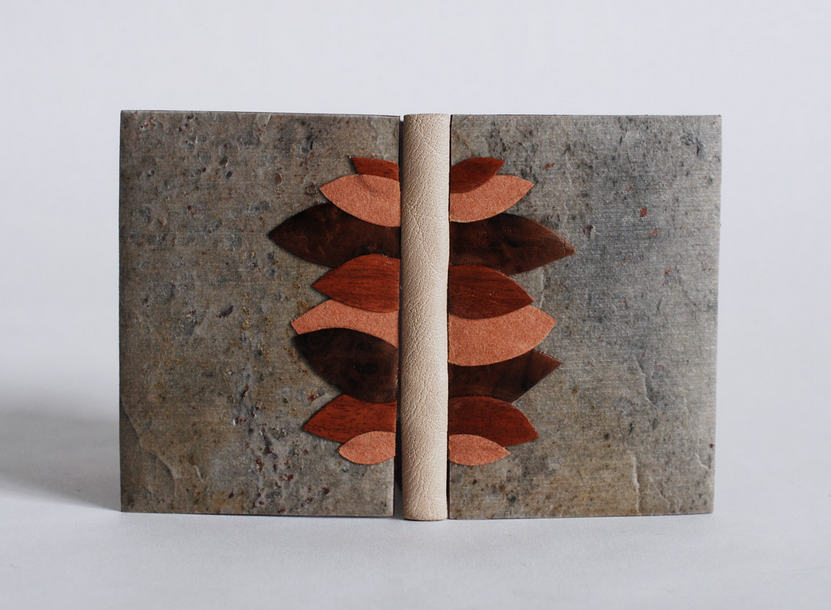
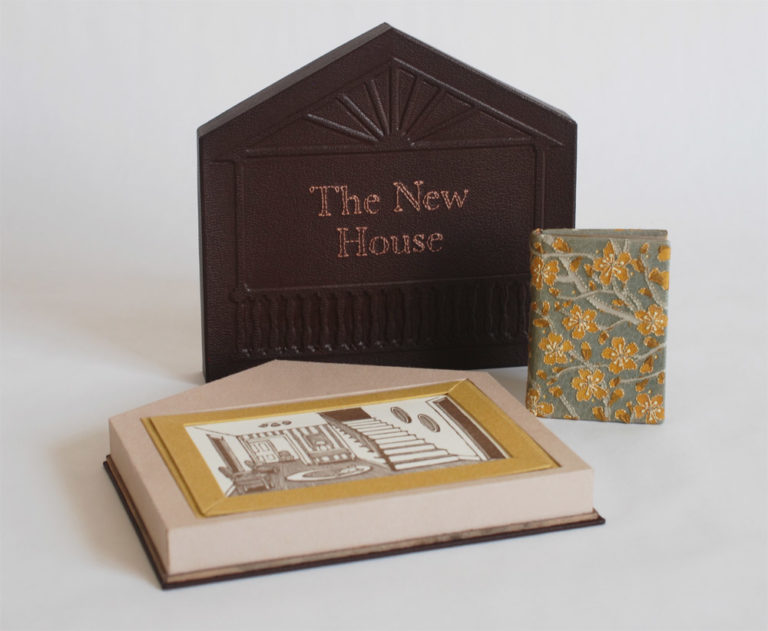

Image Credit:
Jason Fletcher and Erin Fletcher
Getting in touch: BostonVoyager is built on recommendations from the community; it’s how we uncover hidden gems, so if you know someone who deserves recognition please let us know here.
















